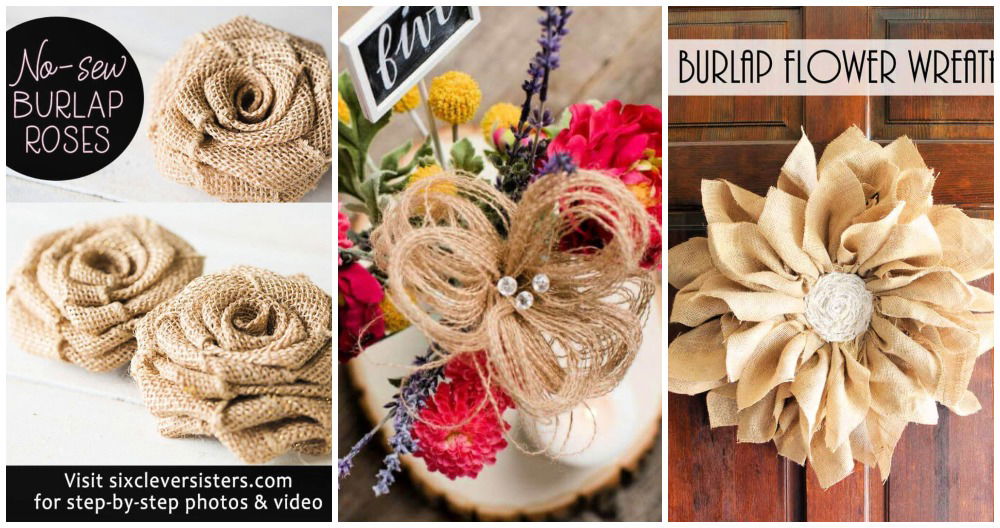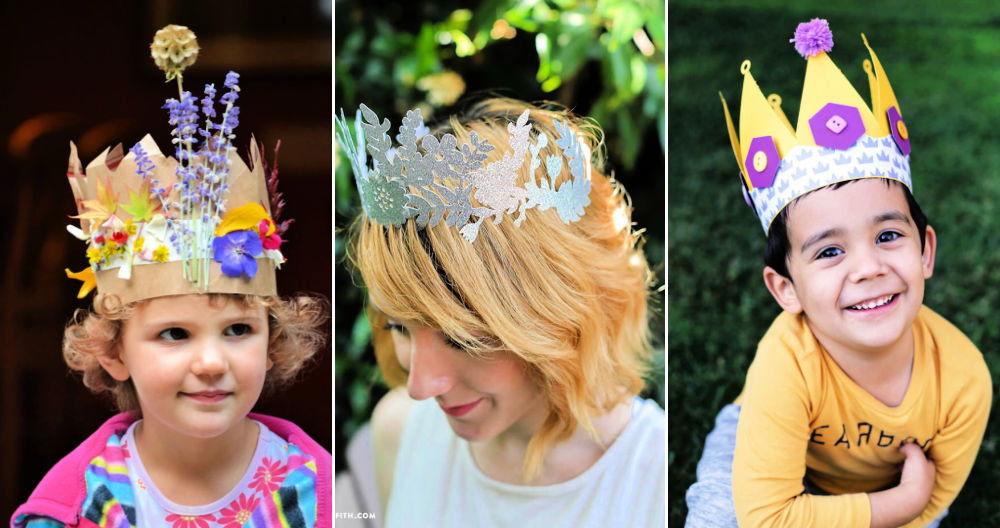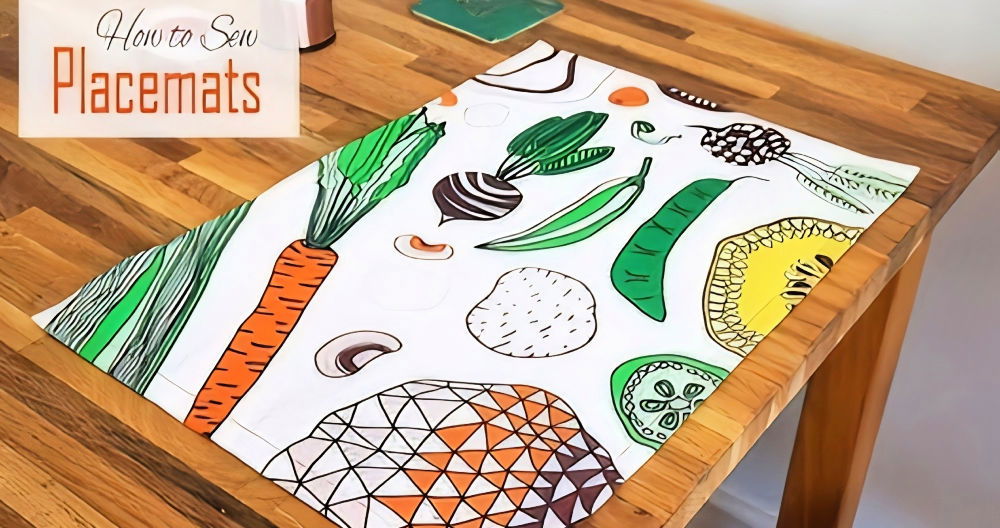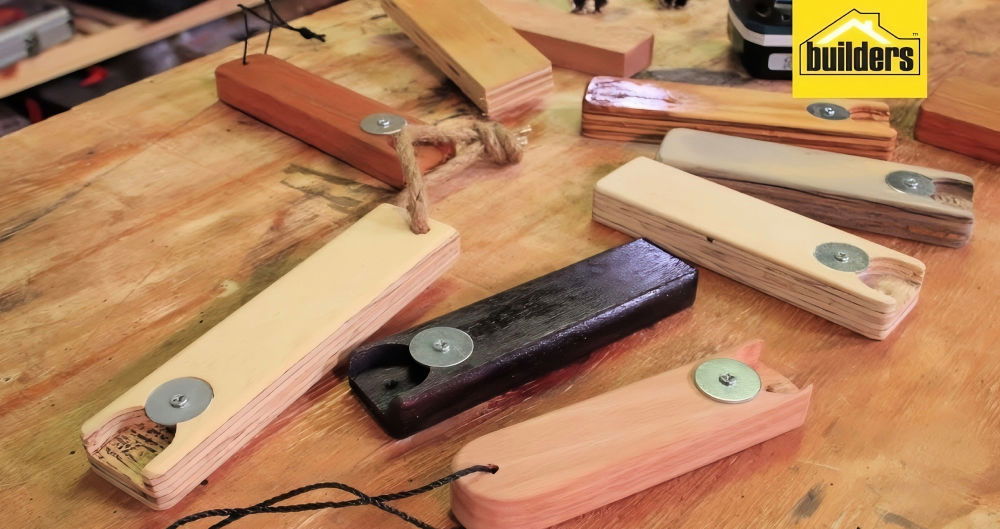Making a DIY cookbook can be a fun and fulfilling project. Once, I decided to gather all my family's favorite recipes in one place. This allowed me to preserve cherished memories and culinary traditions. I started by listing our most-loved dishes, and then I organized them into categories like starters, main courses, and desserts.
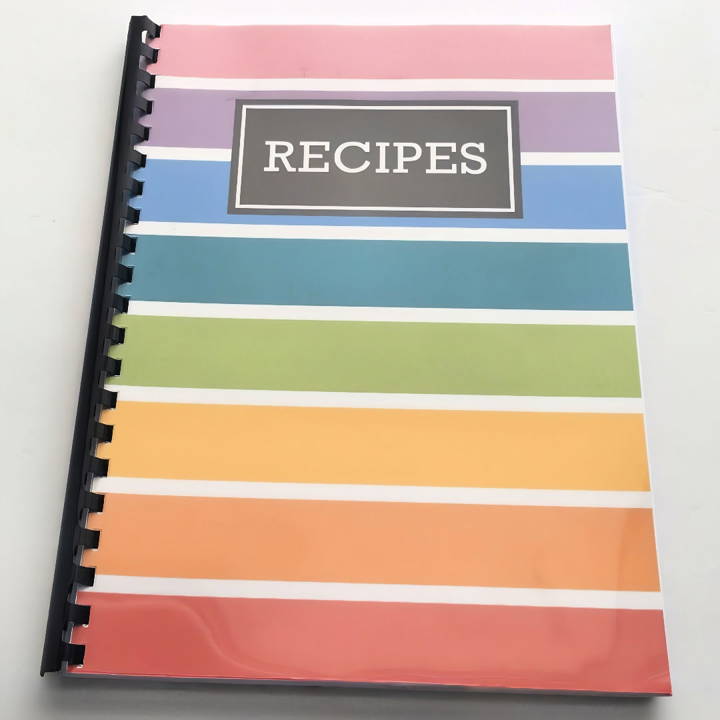
To make my DIY recipe book, I used a plain notebook and decorated it with colorful markers and stickers. I wrote down each recipe carefully, adding little notes about why each dish was special. This project not only helped me organize our recipes but also maked a unique keepsake for future generations.
I hope my experience inspires you to start your own DIY cookbook; it's a great way to enjoy your favorite recipes for years to come.
Materials Needed and Why
Make a DIY recipe book with ease! Learn the essential materials needed, tools for binding, and miscellaneous items for a polished finish.
Recipe Book Cover and Pages
- Free Printable Recipe Pages and Book Cover: You can find these on various blogs online, offering a range of designs to choose from. They usually include spaces for all the necessary recipe details like ingredients, instructions, and notes.
- Cardstock (280 GSM preferred): For printing the cover and possibly the recipe pages too. Cardstock is sturdier than ordinary paper, making it ideal for a book cover that can withstand wear and tear.
- Clear Protective Covers: These are essential for protecting your book from kitchen spills and wear over time. They are usually available at office supply stores.
Tools for Binding
- Binding Machine or Binding Service: Depending on your preference, you can use a home binding machine for comb binding or take your pages to a local office supply store for spiral binding.
- Discbound System or Rings: If you prefer a system that allows you to add or remove pages easily, consider using a disc-bound system.
Miscellaneous
- Glossy Full Sheet Label Paper (optional): If you don't have access to thick cardstock for the cover, glossy label paper is an excellent alternative as it is sturdy and makes colors pop.
- Color Pens or Stickers (optional): These are great for color-coding your recipes without the need for tabs.
- Blank Note Paper (optional): Adding a few blank pages at the end of your recipe book can be handy for additional notes or kitchen conversions.
Step by Step Instructions
Learn how to make a cookbook with easy, step-by-step instructions, from gathering materials to customizing your unique recipe book.
Step 1: Gathering Your Materials
Start by gathering all the materials listed above. Ensure you have a printer ready for your free printable recipe pages and book cover.
Step 2: Printing Your Designs
Print out the book cover on your chosen cardstock for a sturdy finish. Likewise, print the recipe pages. Remember, the clearer and more colorful the print, the more visually appealing your recipe book will be.
Step 3: Binding Your Recipe Book
Once your pages are printed, it's time to bind your book. If you're using a home binding machine, follow the manufacturer's instructions. If you're unsure about this step, consider taking your pages to a local office supply store for professional binding.
Step 4: Protecting Your Recipe Book
After binding, place the clear protective covers on the front and back of your recipe book. This step is crucial for ensuring your book lasts longer, especially in a kitchen environment where spills can happen.
Step 5: Customizing Your Recipe Book
Using colored pens, stickers, or even blank notepaper, customize your recipe book to suit your needs or aesthetic preferences. Color coding can help you quickly identify recipe types without the need for bulky tabs.
Recipe Variations
Cooking is a creative journey, and recipes are the map. But every cook knows that sometimes you need to take a detour. That's where recipe variations come in. They allow you to tailor a dish to your taste, dietary restrictions, or what you have on hand. Let's explore how to make recipes flexible and inclusive for everyone.
Adapting to Dietary Needs
Whether it's due to allergies, health conditions, or personal choices, many people follow specific diets. Here's how to adapt recipes:
- Gluten-Free: Replace wheat flour with rice, almond, or oat flour.
- Dairy-Free: Use plant-based milk like almond, soy, or coconut milk instead of cow's milk.
- Vegetarian: Swap out meat with beans, lentils, or tofu for protein.
- Vegan: Besides removing meat, also replace eggs with flax or chia seeds soaked in water and honey with maple syrup or agave.
Adjusting for Taste and Spice Levels
Not everyone has the same tolerance for spice, and taste preferences can vary widely:
- Milder: Reduce or omit spicy ingredients like chili peppers.
- Bolder: Increase the spices or add new ones to elevate the flavor profile.
Substituting Ingredients
Sometimes, you might not have everything a recipe calls for, or you might want to try something new:
- Herbs: Fresh herbs can often be substituted with dried ones. The general rule is one teaspoon of dried herbs for one tablespoon of fresh.
- Fruits and Vegetables: Use what's in season for the best flavor and value. Frozen can often replace fresh.
Portion Sizes
Adjusting recipes for the number of servings is important:
- Scaling Up: Multiply the ingredients by the number of additional servings you need.
- Scaling Down: Divide the ingredients to make a smaller batch.
Cooking Methods
The way you cook can change a dish's character:
- Baking vs. Frying: For a healthier option, try baking foods that are typically fried.
- Slow Cooker vs. Stovetop: Use a slow cooker for convenience and to let flavors meld over time.
Cultural Twists
Incorporate elements from different cuisines to make fusion dishes:
- Italian-Indian: Make a curry pasta by adding garam masala to a tomato sauce.
- Mexican-Korean: Combine kimchi with tacos for a spicy twist.
Discover diverse recipes with our cookbook, empowering every cook to personalize and experiment in the kitchen.
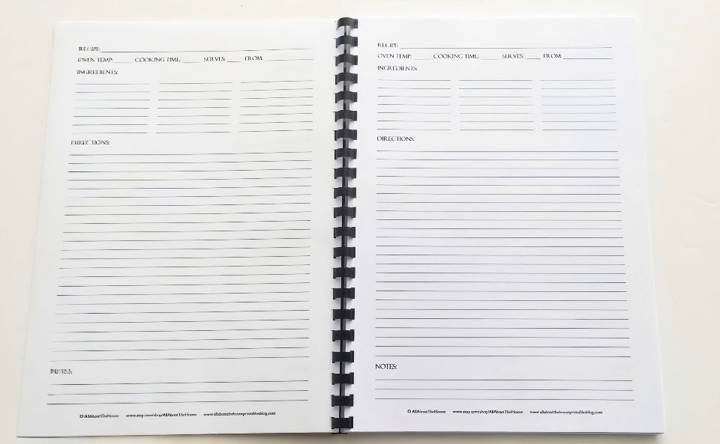
FAQs About How to Make a Cookbook
Discover FAQs about how to make a cookbook. Get tips, steps, and expert advice for making your own cookbook easily.
Start by defining your audience and the purpose of your cookbook. Is it a family heirloom, a collection of regional recipes, or a specialized diet cookbook? Next, organize your recipes and decide if you’ll include personal stories or tips. Consider the visuals; will you use photographs and illustrations, or keep it text-based? Finally, set a budget for your project, factoring in costs for design, printing, and marketing if necessary.
Understand your audience's needs and preferences. If your cookbook is for busy parents, include quick and easy recipes. For a health-conscious crowd, focus on nutritional information and healthy substitutes. Tailor the language, tone, and complexity of your recipes to match the cooking skill level of your readers.
A well-designed cookbook should have a clean and readable layout. Choose fonts and sizes that are easy on the eyes. Categorize recipes logically, such as by meal type or ingredient. Include an index for easy navigation. If using photos, ensure they are high-quality and complement the recipes. Personal touches, like anecdotes or tips, can add character to your cookbook.
Yes, you can! There are many online platforms and services that offer user-friendly cookbook design tools. These allow you to customize layouts, fonts, and cover designs. You can also type or upload your recipes directly. For those less tech-savvy, some services will type out handwritten recipe cards for you.
Once your cookbook is ready, you have several options. Self-publishing is a popular choice and can be done through various online services that offer print-on-demand. If you aim for a wider distribution, consider finding a literary agent or submitting your manuscript to publishers. For digital copies, you can distribute your cookbook through e-book platforms or your own website.
Conclusion:
Wrapping up, making your DIY recipe book is an enjoyable and rewarding project. By organizing your favorite recipes into a personalized cookbook, you preserve precious memories and ensure easy access to beloved dishes. Follow the how to make a cookbook steps outlined in this guide to start your culinary adventure. Enjoy crafting your unique DIY cookbook that will become a cherished item in your kitchen.







